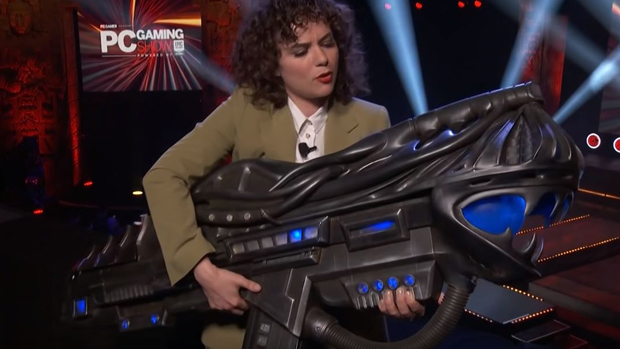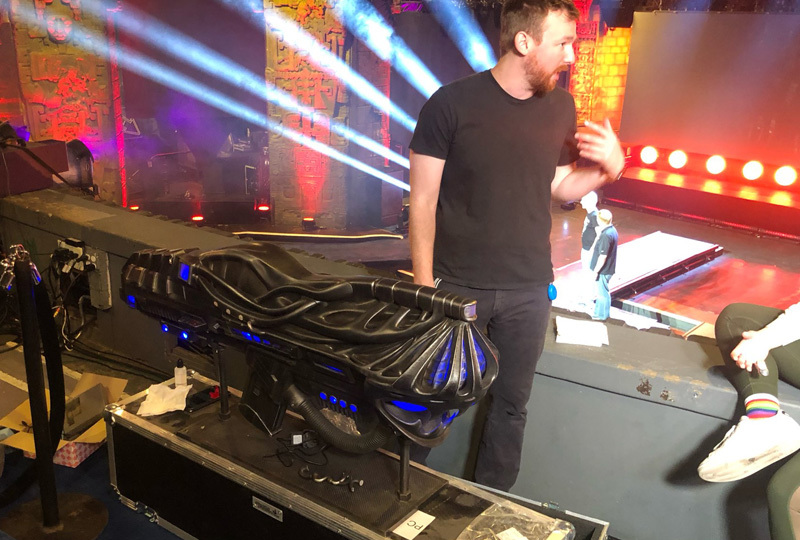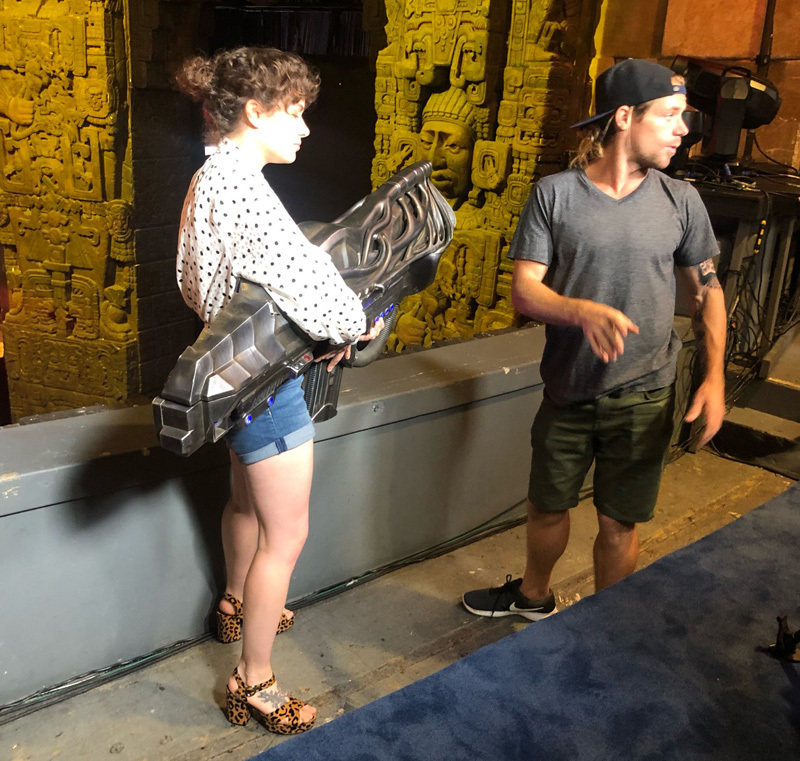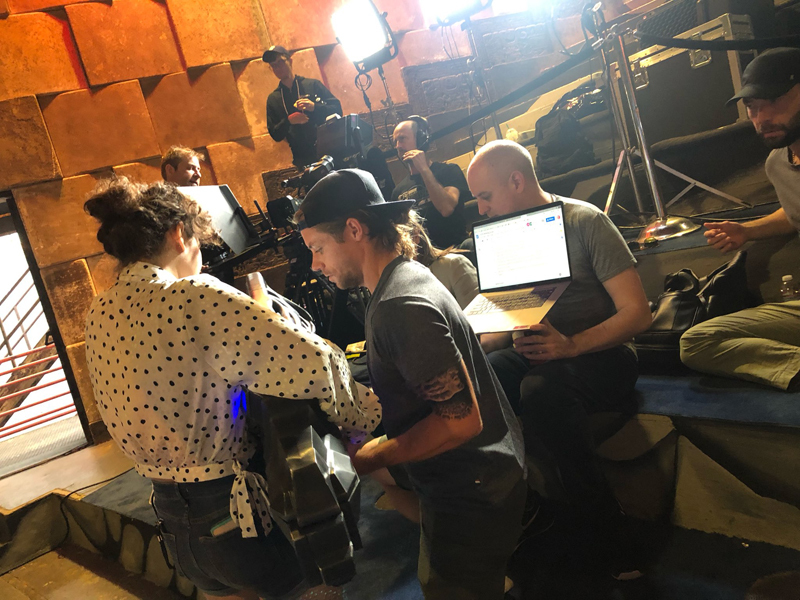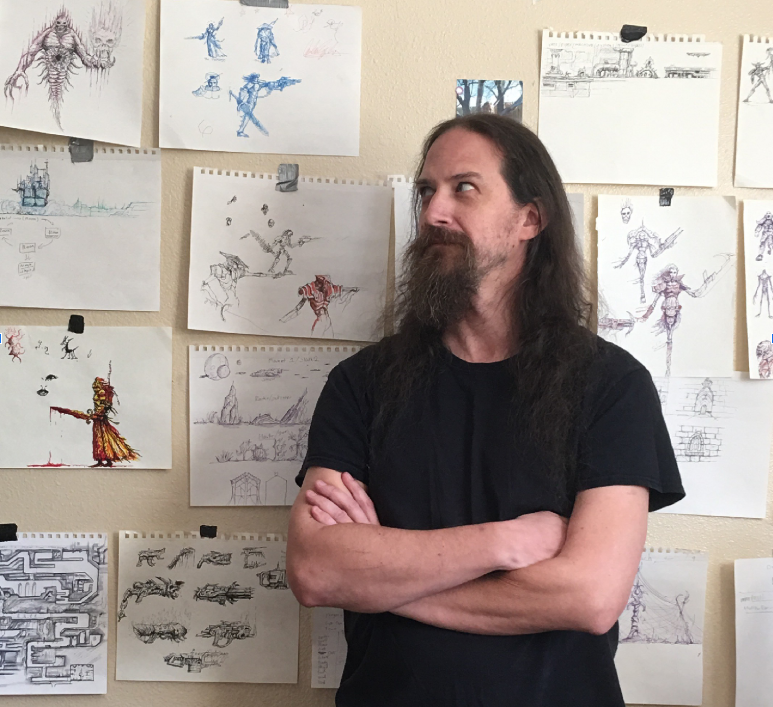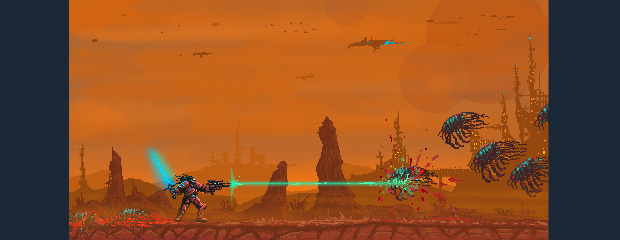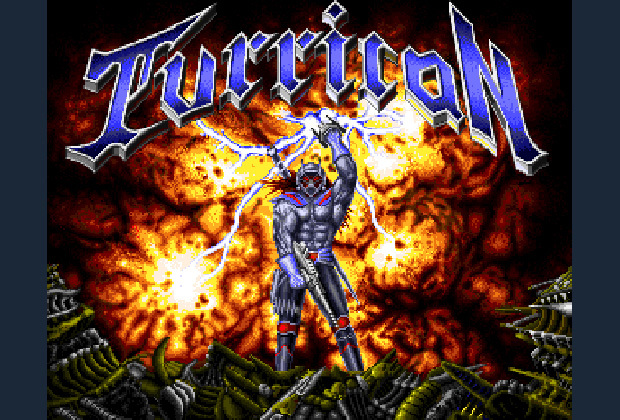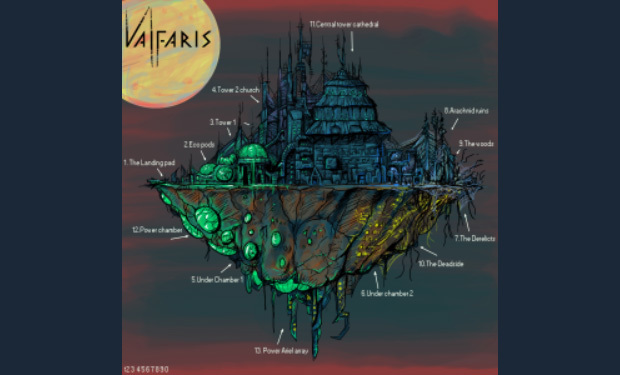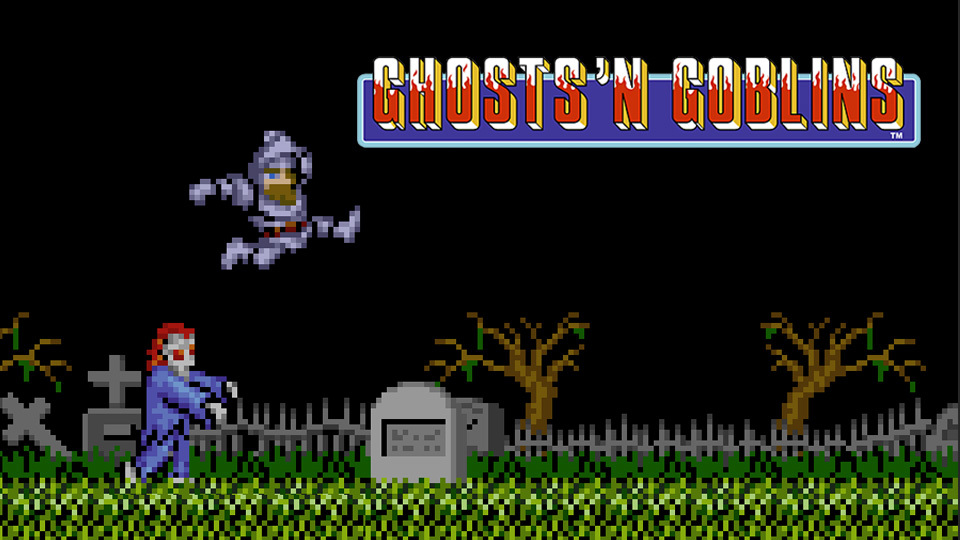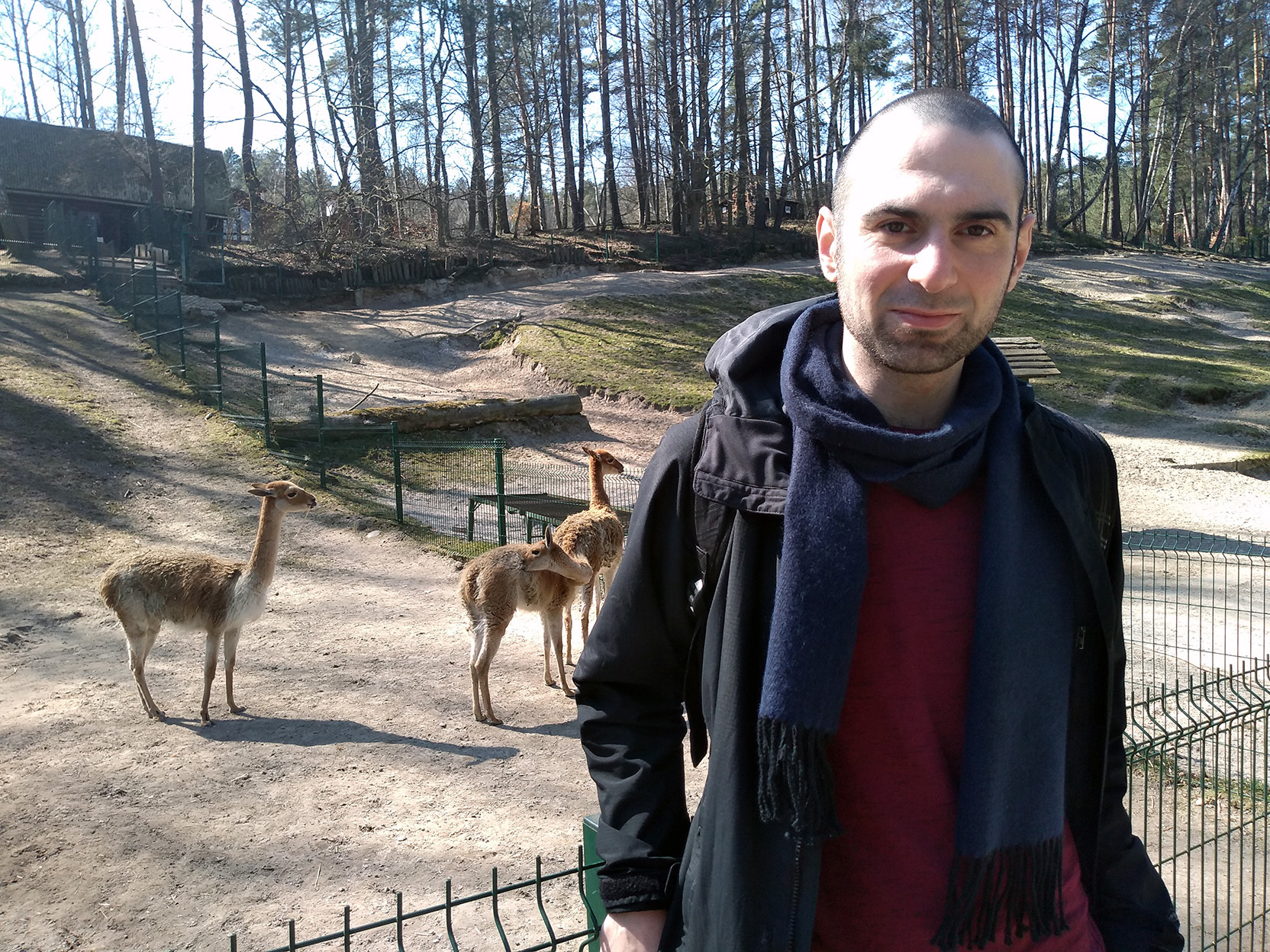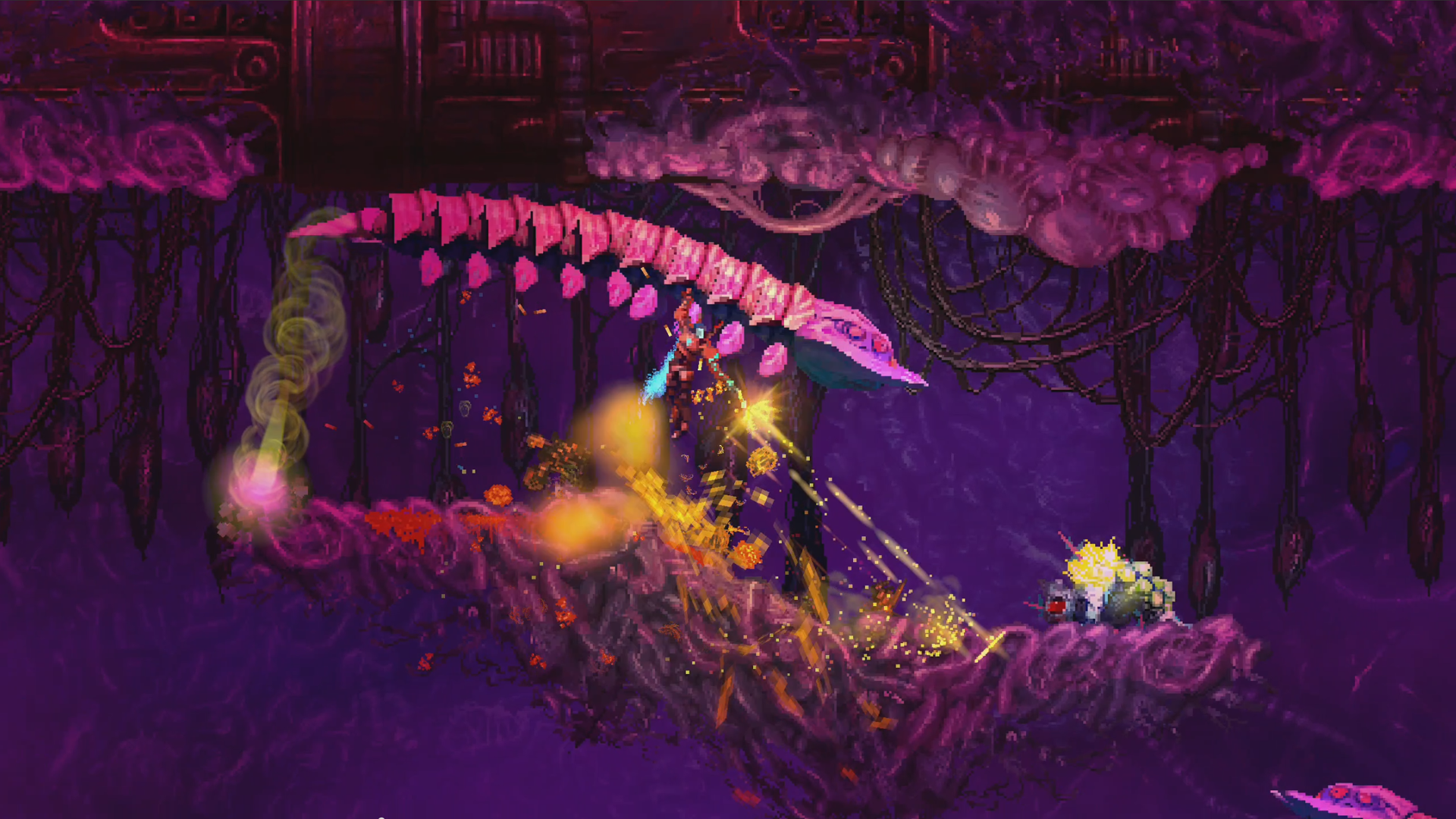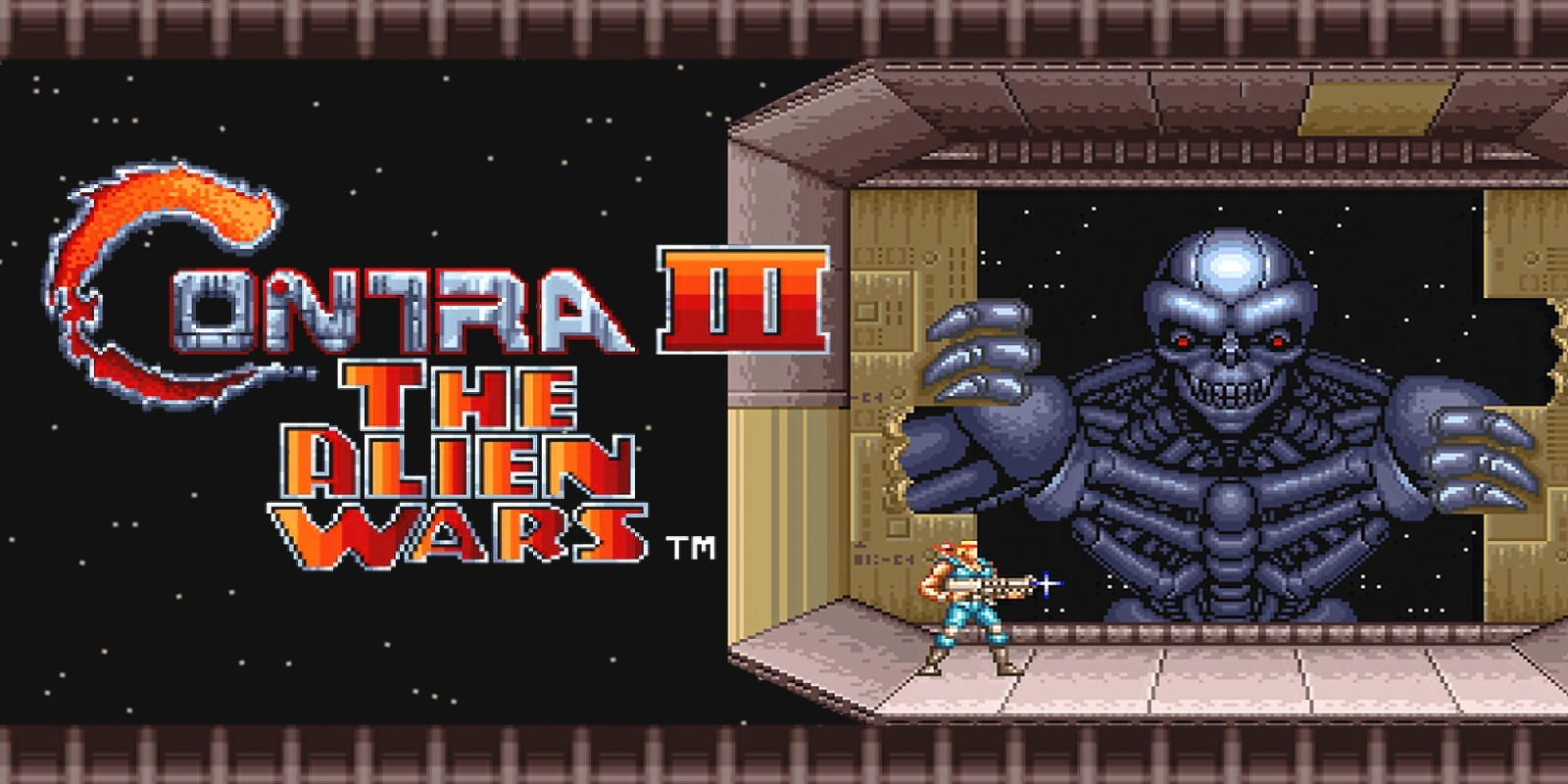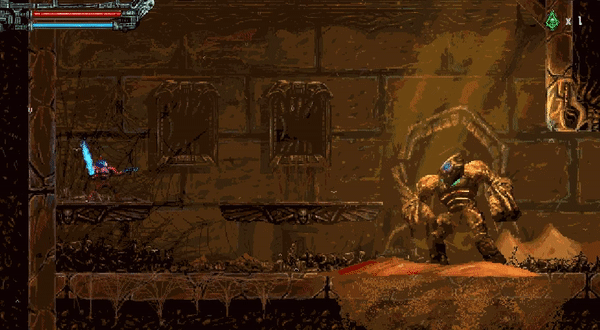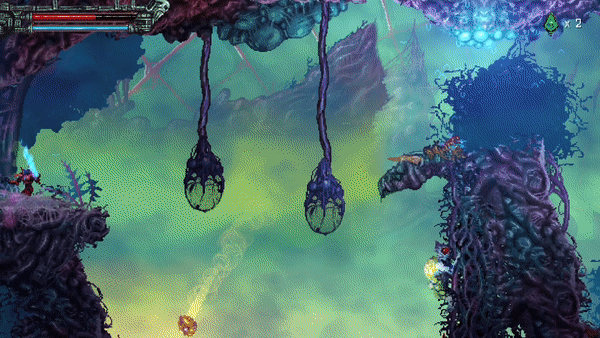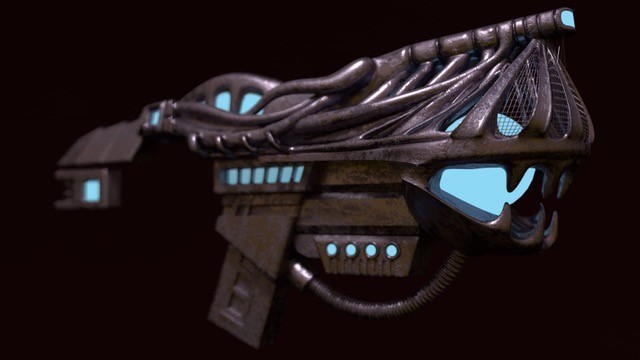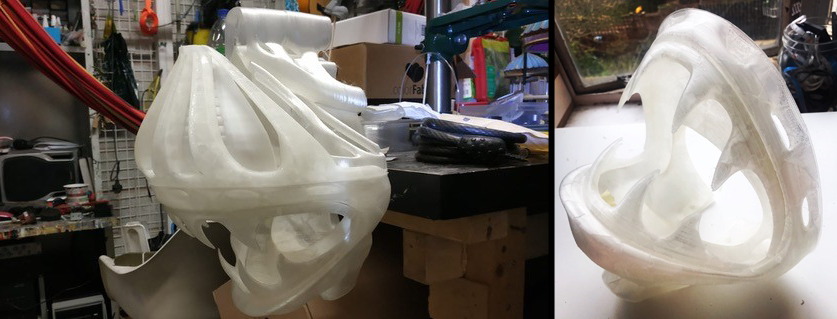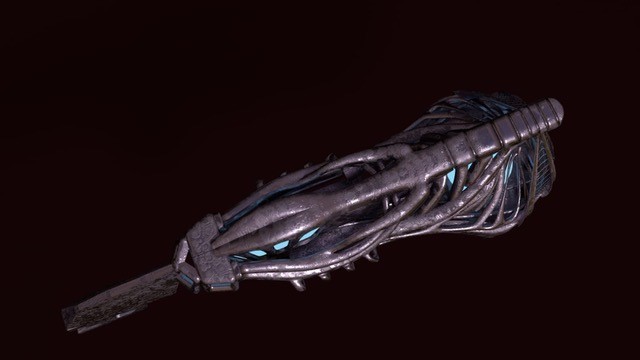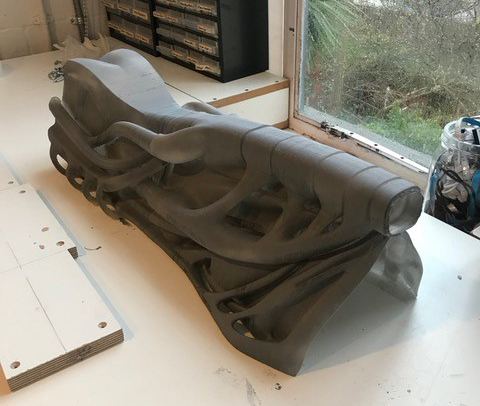
Jun 29, 2019
Valfaris - Cow_102

Above: Here's Therion trying out the 'Skysplitter' on a couple of bloated blood fleas. A Destroyer class railgun, the Skysplitter takes a little while to charge, but – once it's fully juiced – it can fire a devastating beam

Above: Not as fleshy and prone to popping as a blood flea, this Hell Maiden not only takes a hit from the Skysplitter, but then has the audacity to do a cheeky teleport and cut Therion down to size by slicing him widthways
Until next time, keep it metal.
Matt | Big Sugar
https://store.steampowered.com/app/600130/Valfaris/





